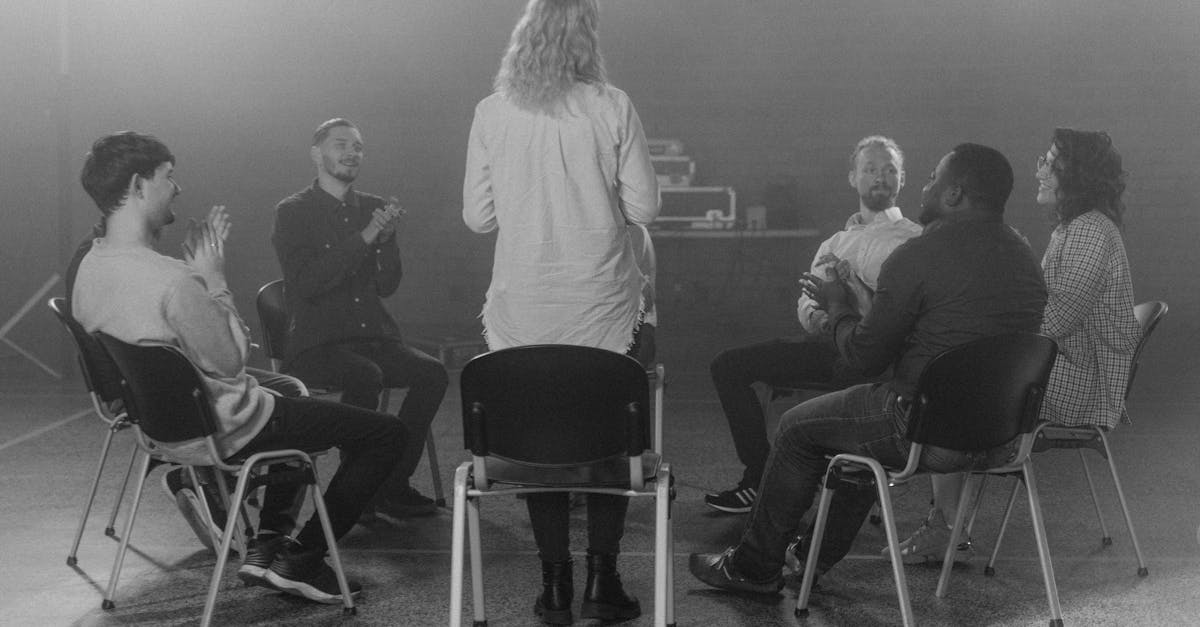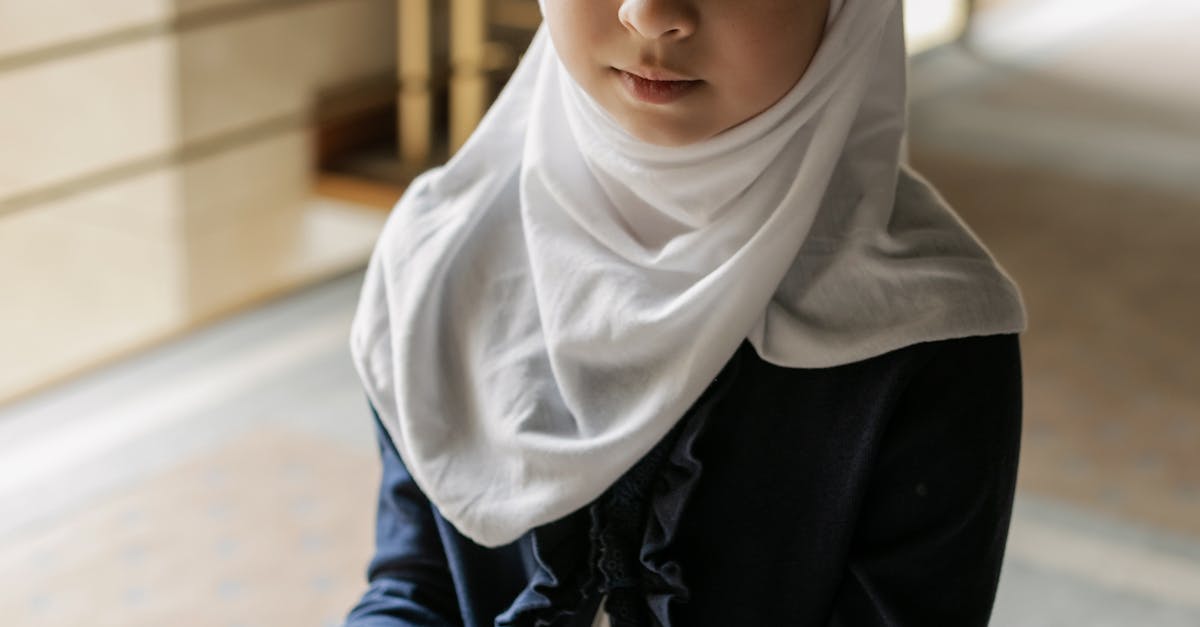
Integrating Expressive Arts Therapy in Group Settings
Integrating Expressive Arts Therapy in Group Settings offers a unique and creative approach to traditional forms of Group Therapy. By incorporating various creative processes such as drawing, painting, music, and movement, participants are encouraged to explore and express their emotions in a non-verbal manner. This can be especially beneficial for individuals who find it challenging to verbalise their feelings or experiences in a traditional therapy setting, allowing for a deeper and more holistic exploration of their inner world.
The use of expressive arts in Group Therapy can also foster a sense of community and connectedness among participants. Engaging in creative activities together can create a supportive and safe environment for individuals to share their thoughts and emotions with others. Additionally, the process of creating art can be inherently therapeutic, promoting self-discovery, stress relief, and emotional healing. Integrating Expressive Arts Therapy in Group Settings offers a dynamic and engaging way for individuals to connect with themselves and others on a deeper level, leading to personal growth and transformation.
Encouraging Creativity and SelfExpression
When looking at the incorporation of expressive arts therapy in group settings, it becomes evident that this approach fosters a space for individuals to tap into their creativity and deepen their self-expression. Through various artistic mediums such as painting, drawing, and movement, participants in group therapy can explore their emotions and inner thoughts in a non-verbal and symbolic way. This process not only allows for a deeper understanding of oneself but also encourages individuals to connect with others in the group on a more profound level, sparking shared experiences and empathy.
The expressive arts in group therapy provide a unique avenue for individuals to process and communicate their feelings, thoughts, and beliefs in a safe and supportive environment. By engaging in creative activities together, group members can uncover new insights about themselves and others, leading to increased self-awareness and personal growth. Moreover, the freedom of expression offered through creative arts fosters a sense of empowerment and agency among participants, allowing them to explore different aspects of their identity and embrace their uniqueness within the therapeutic setting.
Evaluating the Impact of MindfulnessBased Group Therapy
Mindfulness-based group therapy has emerged as a powerful intervention for individuals seeking to cultivate present-moment awareness and non-judgmental acceptance. Participants engage in various mindfulness practices such as meditation, breathing exercises, and body awareness to enhance emotional regulation and overall well-being. The foundational principles of mindfulness, including self-compassion and kindness, are integrated into the group dynamics, fostering a sense of connection and support among members. Group therapy not only provides a safe space for individuals to explore their inner experiences but also offers opportunities for interpersonal learning and growth within a collaborative environment. Participants often report increased self-awareness, improved coping skills, and a greater sense of resilience as outcomes of engaging in mindfulness-based group therapy.
Enhancing Emotional Regulation and WellBeing
Mindfulness-based group therapy focuses on enhancing emotional regulation and overall well-being within a group setting. By cultivating mindfulness practices, participants can learn to observe their thoughts and emotions without judgment, fostering a greater sense of self-awareness and emotional balance. Through guided meditation and mindfulness exercises, group therapy sessions provide a safe space for individuals to explore their thoughts and feelings, ultimately leading to improved emotional regulation and a greater sense of inner peace.
The group dynamic in mindfulness-based therapy encourages participants to support one another in their journey towards emotional well-being. By sharing experiences and insights with fellow group members, individuals can feel a sense of connection and validation, which can be instrumental in promoting emotional healing and growth. The collective support and understanding within the group setting create a nurturing environment where participants can learn from each other’s experiences and gain new perspectives on managing their emotions effectively.
Discovering the Benefits of Couples and Family Group Therapy
Couples and family group therapy brings together individuals who have close relationships with one another. This type of group therapy provides a safe space for couples or families to explore challenges, improve communication, and strengthen their relationships. By participating in group therapy together, couples and family members can gain insights into each other's perspectives and develop healthier ways of interacting.
In couples and family group therapy, participants are encouraged to express their thoughts and emotions openly, leading to more authentic connections and a deeper understanding of one another. This form of group therapy can also help address conflicts, enhance trust, and foster a sense of unity among family members or partners. Through the guidance of a trained therapist, couples and families can work towards resolving issues, deepening their bonds, and building a foundation for continued growth and support.
Strengthening Relationships and Resolving Conflict
Strengthening relationships and resolving conflicts are at the core of group therapy sessions aimed at couples and families. In these therapeutic settings, the focus is on improving communication, fostering empathy, and finding constructive ways to address underlying issues. Through guided discussions and activities, participants in couples and family group therapy can explore deep-seated emotions, gain a better understanding of their loved ones, and work together towards a harmonious and fulfilling relationship dynamic.
Group therapy offers a platform for couples and families to express their thoughts, feelings, and concerns in a safe and supported environment. By engaging in this collaborative process, individuals can learn effective conflict resolution strategies, build trust, and develop stronger connections with their partners or family members. Through mutual support and guidance from a trained therapist, participants can navigate challenges, heal past wounds, and build a foundation for lasting harmony within their relationships.
FAQS
What is expressive arts therapy in group settings?
Expressive arts therapy in group settings involves using various art forms such as painting, music, and drama to promote self-expression and emotional healing within a therapeutic group environment.
How does mindfulness-based group therapy impact individuals?
Mindfulness-based group therapy focuses on cultivating present-moment awareness and acceptance, promoting emotional regulation and well-being among participants.
What are the benefits of couples and family group therapy?
Couples and family group therapy allows individuals to address relationship issues, improve communication skills, and strengthen familial bonds through structured therapeutic interventions.
